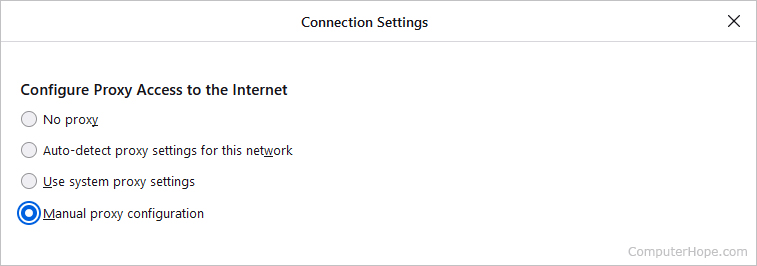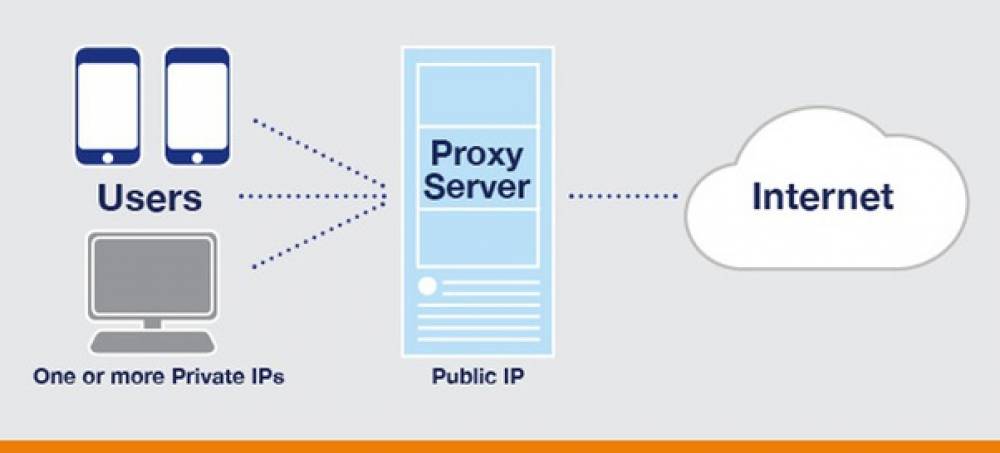
How To Know If You Are Using A Proxy Server
Proxies can be used to increase the security of your computer or mobile device, as well as to speed up subsequent visits to websites you've previously cached. Proxy servers, on the other hand, help to protect your online privacy by offering anonymity.
Check to see if your machine is behind a proxy server by selecting your operating system from the list below and following the instructions.
Windows 11
1. Press the Start button or the Windows key.
2. Type proxy and click Change proxy settings.
3. Click on Set up button under Manual proxy setup.
4. A proxy server is not being used if Use a proxy server shows "Off" in the Edit proxy server window. Setting the Use a Proxy Server option to On and specifying the proxy's IP address or port is all that is required to activate the proxy.
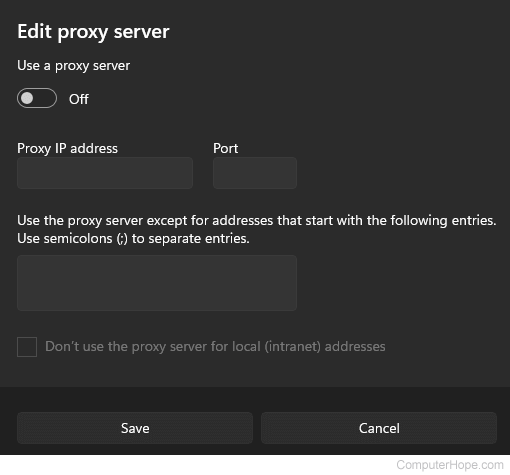
Windows 10
1. Press the Start button or the Windows key.
2. Click on the gear icon on the left side of the menu.
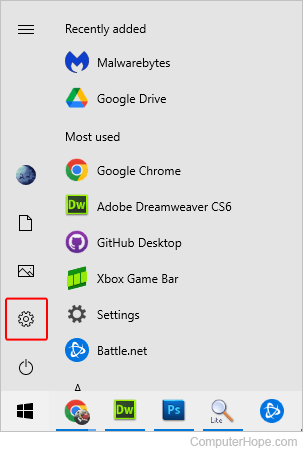
3. Select Network & Internet.
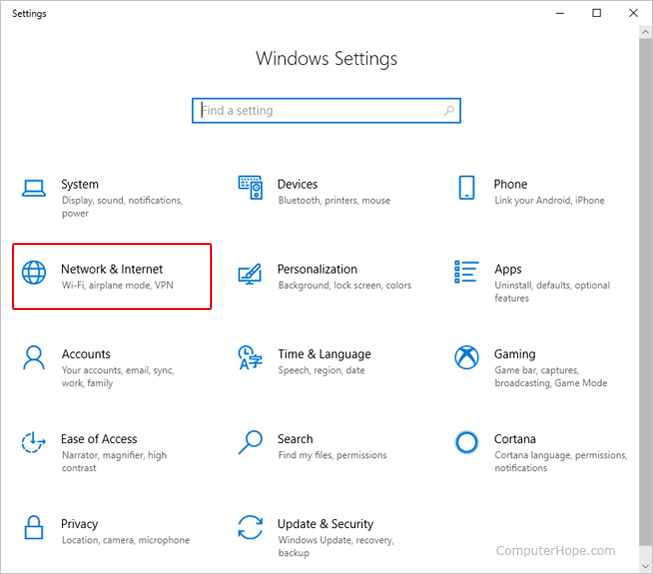
4. Click Proxy on the left hand of the window.

5. Locate and scroll down to the Manual proxy configuration area on your right-hand side.
6. Under Use a Proxy Server, locate the toggle switch.
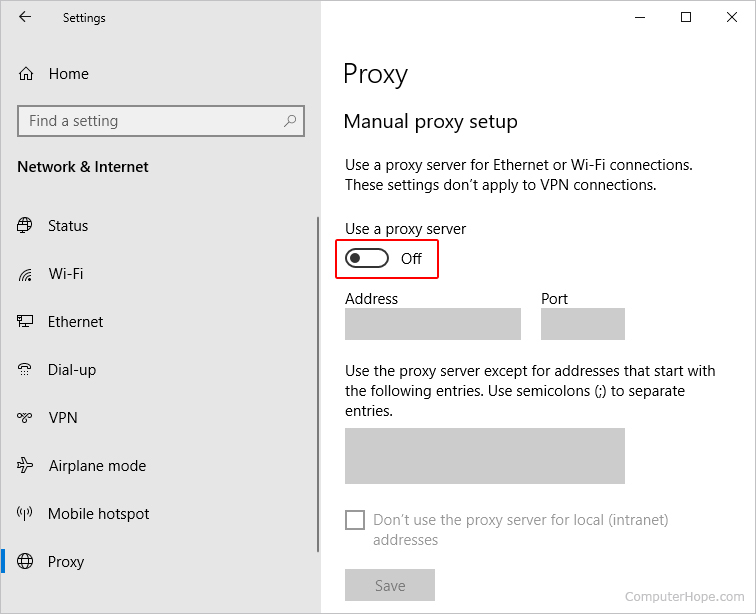
7. You are not using a proxy server if this option is turned off. As long as you have the switch on, you are.
Windows 7 and 8
1. Press the Windows key, type Control Panel, and press Enter.
2. Select Network and Internet from the Control Panel's window.

3. Click the Internet Options.

4. In the Internet Properties window, select the Connections tab (A) and the LAN Settings button (B).

5. In the LAN Settings box, look for the Proxy Server section.

6. Using a proxy server is enabled when the box next to Use a proxy server for your LAN is selected (see figure). If your name isn't on the list, you're not.
macOS
1. Click the Apple icon in the menu bar and select System Preferences.

2. In System Preferences, click on the Network icon.
![]()
3. Select the WiFi or Ethernet connection you use to access the Internet.
4. The Proxies tab can be found by clicking the Advanced... option.
5. Look for the appropriate subsection. To customize a protocol, simply choose one of the options listed below:. A proxy server is being used if any of the boxes are checked. You're not logged in if any of the boxes are checked.
Internet Browser
Using Mozilla Firefox, you can see if you're connected to a proxy server. If you're looking for a tool that can work on a wide range of platforms, this is it. Firefox on Windows and macOS can detect a proxy server using the steps outlined in the section below.
1.Open the Mozilla Firefox browser.
2.Your operating system determines the next step:
- To access the Settings menu on Windows, click the hamburger menu button in the browser's upper-right corner and then pick Settings.
- The drop-down option that displays after choosing Firefox in the menu bar at the top of the screen should be selected by Mac users.
3.Select the General option from the menu on the screen's left side.
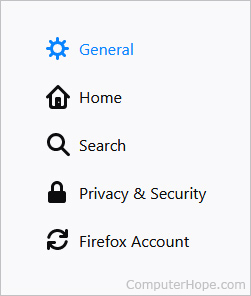
4.Scroll down to the bottom of the window. In the Network settings section, click the Settings button.

5.In the Connection Settings dialog box, look for the Configure Proxy Access to the Internet section.
